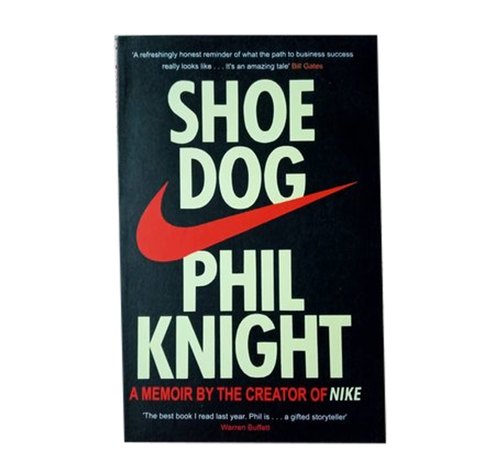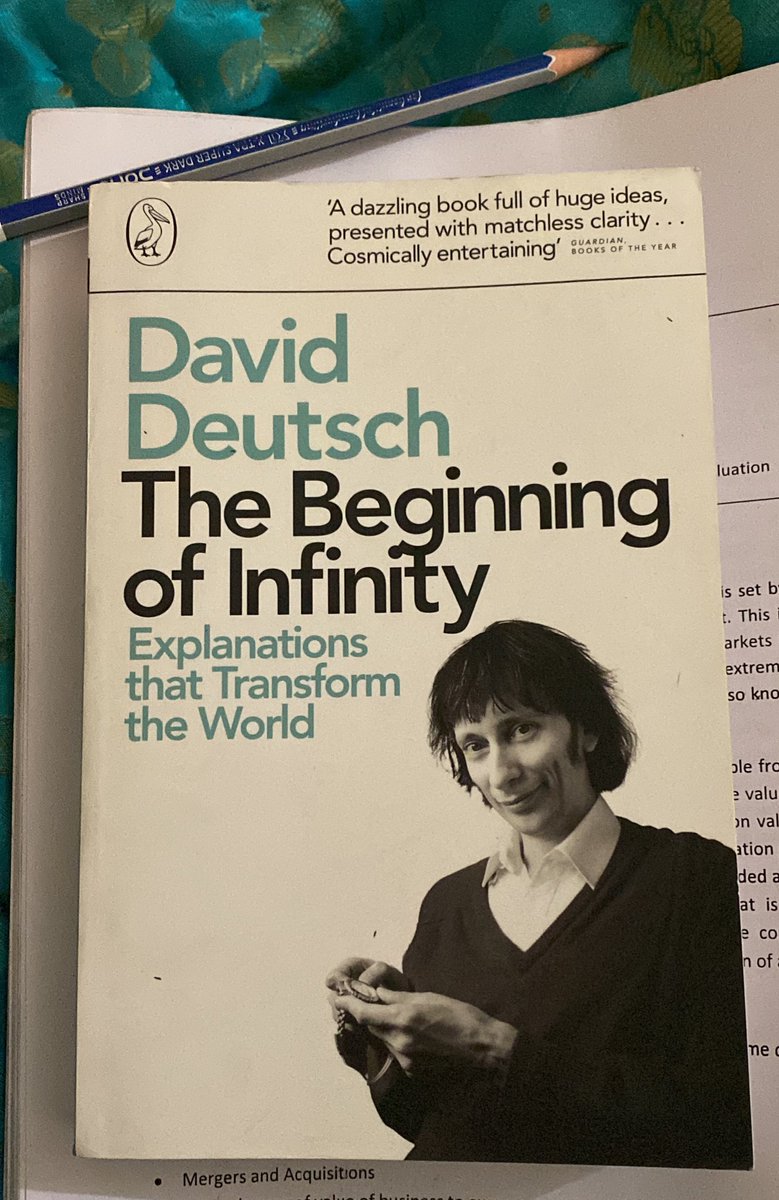#LearnTechnicalAnalysis
Learning Technical Analysis
— Nooresh Merani (@nooreshtech) December 18, 2020
Free E-Bookhttps://t.co/j1ImYefBv1
How to Trade Smallcaps and Midcaps using Technical Analysis.https://t.co/XG8iAKJpgz
Online Training Program.
About the coursehttps://t.co/StCRSyg7bK
Subscription Link
More from Bookstoread
All the books (50 books) I read this year and a one-line review on them!
A Mega thread!
My last thread for 2021 🧵
#Books #Reading
Let's get started 👇
A few years back, I used to read articles which used to say a CEO read 40 books this year and I always thought how?
It's all about consistently reading a few pages every day!
2020- I read 15-25 pages(not every day) - I read 34 books in 2020
2021- I read 25-35 pages every night before sleeping and 100-150 pages every weekend
Ok, now let’s go through those 50 books 👇
1/n
Shoe Dog by Phil Knight
Nike started off by importing high-quality, low-cost running shoes from Japan
What’s shocking is the number of times the business came to an end but came out stronger every time!
Never Giving up – The one key lesson from the book!{{ img:6c137d }}

2/n
Ankur Warikoo's 6 Ebooks
Failure Resume
Mistakes I made with my money
mistakes I made in my 30s
Leadership
Time Management
Mistakes I made in my 20s
Read here - https://t.co/utSzYtS3CV
PS - He is someone I follow very closely, I learn a lot from his content!
@warikoo

Not just the above but his threads, videos, newsletters and podcasts are also amazing!
His new book ‘Do Epic shit’ is out, I would strongly recommend you to order that. I have done that already on Day 1 and I am starting my 2022 with that book 😊
A Mega thread!
My last thread for 2021 🧵
#Books #Reading
Let's get started 👇
A few years back, I used to read articles which used to say a CEO read 40 books this year and I always thought how?
It's all about consistently reading a few pages every day!
2020- I read 15-25 pages(not every day) - I read 34 books in 2020
2021- I read 25-35 pages every night before sleeping and 100-150 pages every weekend
Ok, now let’s go through those 50 books 👇
1/n
Shoe Dog by Phil Knight
Nike started off by importing high-quality, low-cost running shoes from Japan
What’s shocking is the number of times the business came to an end but came out stronger every time!
Never Giving up – The one key lesson from the book!{{ img:6c137d }}

2/n
Ankur Warikoo's 6 Ebooks
Failure Resume
Mistakes I made with my money
mistakes I made in my 30s
Leadership
Time Management
Mistakes I made in my 20s
Read here - https://t.co/utSzYtS3CV
PS - He is someone I follow very closely, I learn a lot from his content!
@warikoo

Not just the above but his threads, videos, newsletters and podcasts are also amazing!
His new book ‘Do Epic shit’ is out, I would strongly recommend you to order that. I have done that already on Day 1 and I am starting my 2022 with that book 😊
You May Also Like
A brief analysis and comparison of the CSS for Twitter's PWA vs Twitter's legacy desktop website. The difference is dramatic and I'll touch on some reasons why.
Legacy site *downloads* ~630 KB CSS per theme and writing direction.
6,769 rules
9,252 selectors
16.7k declarations
3,370 unique declarations
44 media queries
36 unique colors
50 unique background colors
46 unique font sizes
39 unique z-indices
https://t.co/qyl4Bt1i5x

PWA *incrementally generates* ~30 KB CSS that handles all themes and writing directions.
735 rules
740 selectors
757 declarations
730 unique declarations
0 media queries
11 unique colors
32 unique background colors
15 unique font sizes
7 unique z-indices
https://t.co/w7oNG5KUkJ

The legacy site's CSS is what happens when hundreds of people directly write CSS over many years. Specificity wars, redundancy, a house of cards that can't be fixed. The result is extremely inefficient and error-prone styling that punishes users and developers.
The PWA's CSS is generated on-demand by a JS framework that manages styles and outputs "atomic CSS". The framework can enforce strict constraints and perform optimisations, which is why the CSS is so much smaller and safer. Style conflicts and unbounded CSS growth are avoided.
Legacy site *downloads* ~630 KB CSS per theme and writing direction.
6,769 rules
9,252 selectors
16.7k declarations
3,370 unique declarations
44 media queries
36 unique colors
50 unique background colors
46 unique font sizes
39 unique z-indices
https://t.co/qyl4Bt1i5x

PWA *incrementally generates* ~30 KB CSS that handles all themes and writing directions.
735 rules
740 selectors
757 declarations
730 unique declarations
0 media queries
11 unique colors
32 unique background colors
15 unique font sizes
7 unique z-indices
https://t.co/w7oNG5KUkJ

The legacy site's CSS is what happens when hundreds of people directly write CSS over many years. Specificity wars, redundancy, a house of cards that can't be fixed. The result is extremely inefficient and error-prone styling that punishes users and developers.
The PWA's CSS is generated on-demand by a JS framework that manages styles and outputs "atomic CSS". The framework can enforce strict constraints and perform optimisations, which is why the CSS is so much smaller and safer. Style conflicts and unbounded CSS growth are avoided.




















